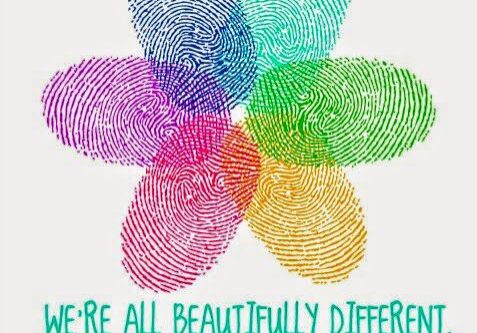How Are We Beautifully Different?

Who am I?
Helping students to identify how unique they are helps them to understand that there is no normal, which in turn helps them to embrace people that may be different from themselves. Our students’ studies of self, move from looking at one’s own self and who is in their family in Preschool to identifying ways they are the same and different in Junior Kindergarten to locating where their family lives in the context of the universe. Students learn that everyone has their own interests, personality, hair color, eye color, and skin color. All of this work is accompanied by depicting themselves, their families, and their homes in different ways, as you saw this morning. Before Preschoolers draw representationally, they collage themselves with precut shapes. By Kindergarten, they can draw their portrait and their family with more sophisticated detail. This year we integrated STEAM into our studies. Junior Kindergarten students assembled portraits out of hand-chosen loose parts, and Kindergarten students constructed their homes from varied materials figuring out how to attach the many parts.
All kinds of families
Students begin to understand that some families have one parent and others have two. For some of our friends, home can consist of one place, or for others it consists of two. Students see that some families have one child and others have 4 or 5 or more! Within these studies, children come to understand that some families have a mom and a dad, and others have two moms or two dads, or that children live with grandparents. In all this work, we are helping to broaden students’ concept of what makes a family so that when they encounter someone whose family is different than their own, familiarity minimizes surprise and potentially hurtful reactions.
There is no normal
Noticing differences of all kinds is developmentally appropriate for young children. It is how young children make sense of the world. Research tells us that children begin noticing different skin colors as early as two years of age. Seeing differences is not a bad thing unless negativity is associated with the difference. If we do not discuss these differences with children, they draw their own conclusions, which may be inaccurate or hurtful. As teachers facilitate discussions of how students are the same and how they are different, they realize how much we have in common. This is how we build the foundation for respectful relationships, appreciation, and strong connections between our students.
Additional resources:
Love Makes a Family, by Sophie Beer
Families, by Shelley Rotner and Sheila M. Kelly
One Family, by George Shannon